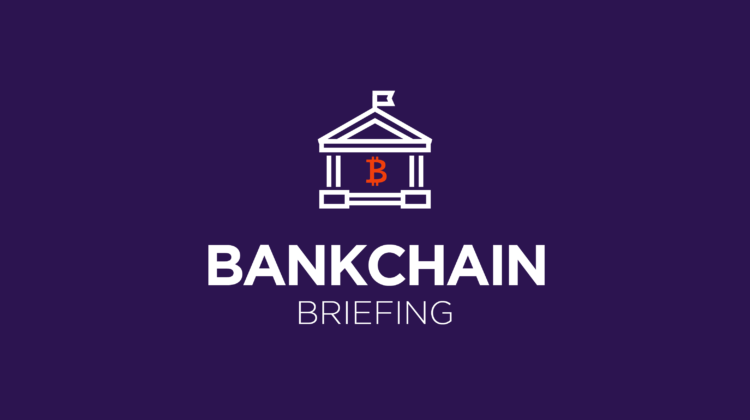Blockchain and Crypto, Member Exclusive
Bankchain Briefing: FoodChain and Circle want to fight global hunger using blockchain
- 'Tis the season of giving, so Tearsheet spoke to FoodChain's CEO, Shawn Kurz, about using blockchain technology to fight global hunger.
- Millennials and Gen Z want to see the direct impact of their donation efforts. Kurz says organizations must make products engaging while ensuring transparency with verifiable outcomes.








